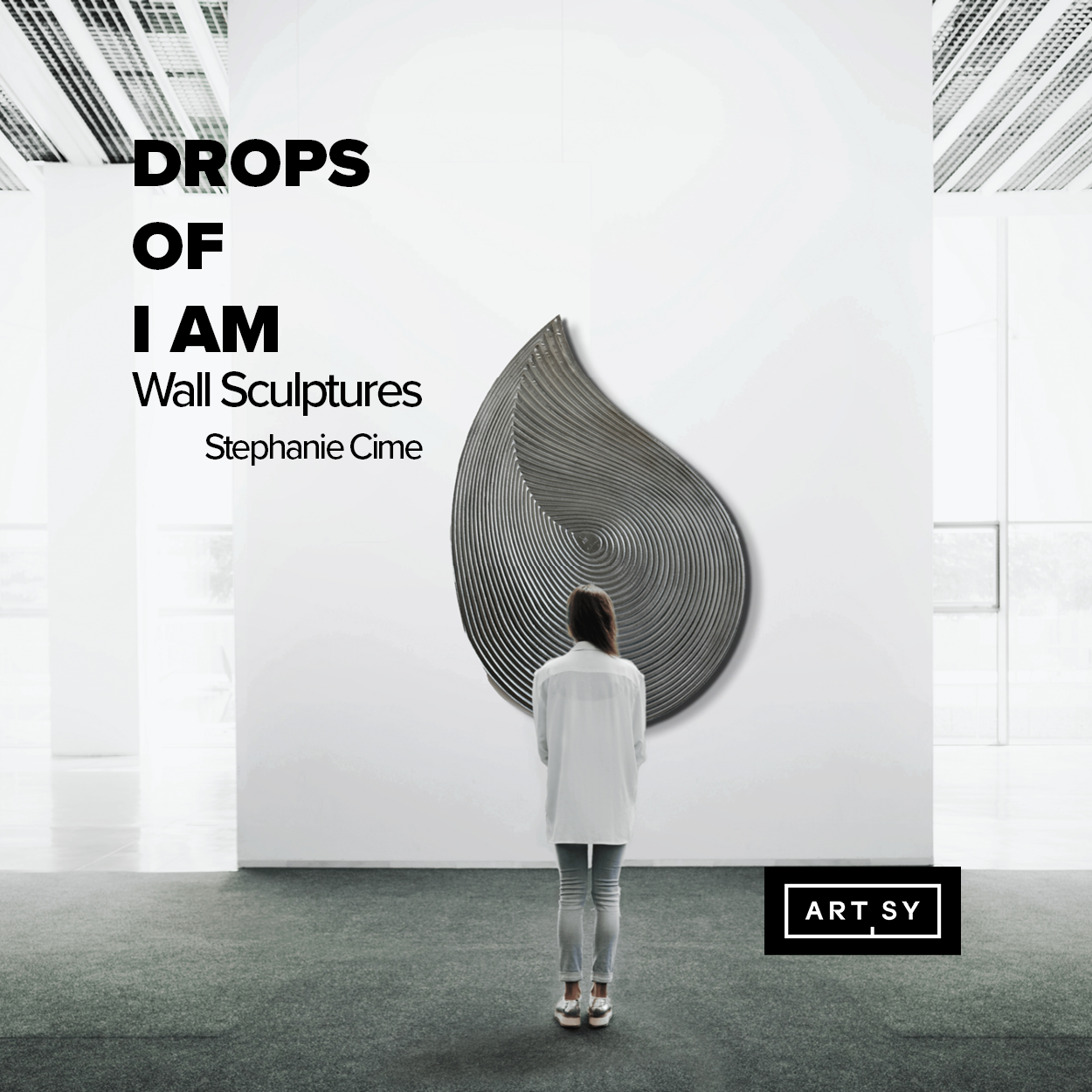The rare oval format—Chardin used it again only a few times—amplifies the curving shapes within The Cut Melon. Through a nuanced manipulation of light and color, Chardin creates an uncanny sensation of weight and volume for each of the painting’s depicted elements but at the same time gives an impression of lively buoyancy. Rigorously structured, the composition nonetheless seems effortless and unstudied. Each object invites touch—the glistening surface of the dark glass bottles, the taut skin of the pears, the soft luscious flesh of the melon, and the velvety peaches. The curved handle of the bulbous pitcher is positioned toward the viewer, as if to be grasped. Chardin’s remarkable half-light—like that of a late afternoon—transfixes the enchanting scene. This masterful painting, with its beautifully balanced palette and ineffable technique, ranging from fluid to dry touches of the brush, calls to mind the words of Chardin’s astonished admirer Denis Diderot: “Such magic cannot be fathomed.”
Joining the Kimbell’s Young Student Drawing (c. 1738), The Cut Melon enables the museum to display the two genres in which Chardin excelled and which he elevated in the estimation of the French Academy: still-life and genre painting.
Since it was first shown, The Cut Melon has been treasured by a succession of artists and connoisseurs. Its first owner was Jacques Roëttiers de La Tour, goldsmith to the French king. Purchased in the early nineteenth century by the painter François Marcille, who assembled a renowned and unsurpassed collection of eighteenth-century French paintings, it passed to his son Camille and in 1876 was acquired by Baroness Charlotte de Rothschild, an arts patron and gifted watercolor painter, in whose family it remained until acquired by the Kimbell Art Foundation. Preserved in these private collections, The Cut Melon is in an excellent state of conservation.
The painting was created as a pendant to The Jar of Apricots (1758), also an oval painting, which now resides at The Art Gallery of Ontario, Toronto. The pair were exhibited at the annual Paris Salon in 1761. An almost identical version of The Cut Melon in the Louvre is not considered to be an autograph work of the master but is attributed to the “Atelier de Chardin” (studio of Chardin).
Jean Siméon Chardin (1699–1779), whom Denis Diderot famously acclaimed as “the great magician” in tribute to the artist’s seemingly effortless compositions that invite poetic reveries for their humble subjects, was the leading exponent of both still-life and genre painting in eighteenth-century France. Chardin elevated the stature of these “lesser” categories of painting in the Académie Royale de Peinture et de Sculpture in Paris, to which he was accepted in 1728 as “skilled in animals and fruit.” Earning esteem for his still lifes of game and kitchen scenes, he expanded his repertoire to figural genre scenes, often featuring maidservants and children. Elected Academy treasurer in 1755, he was also in charge of hanging the pictures in the annual Salons, where his own innovative works received great acclaim. By the 1750s and 1760s, Chardin returned to painting still life. Chardin expert Pierre Rosenberg, former director of the Musée du Louvre, has observed that it is “the voluptuousness, tenderness, and the gravity which set Chardin apart and place him in the ranks of the great painters.” Rosenberg has called The Cut Melon and its pendant “among the finest of this period of Chardin’s career.” After his death in 1779, Chardin fell into relative obscurity, but by the mid-nineteenth century was “rediscovered” by connoisseurs and collectors—and especially artists—who were sensitive to his exceptional skills in manipulating light, color, and composition. Among the legions of later artists Chardin’s work inspired were Édouard Manet, Paul Cézanne, and, more recently, Lucien Freud. Writers have been equally inspired by Chardin, including Marcel Proust who references the painter numerous times in his groundbreaking masterpiece In Search of Lost Time.
Main Image: Jean Siméon Chardin, The Cut Melon, 1760, oil on canvas. Kimbell Art Museum












